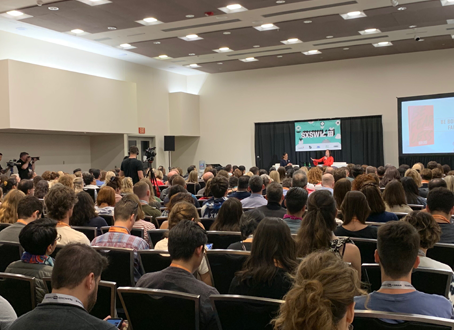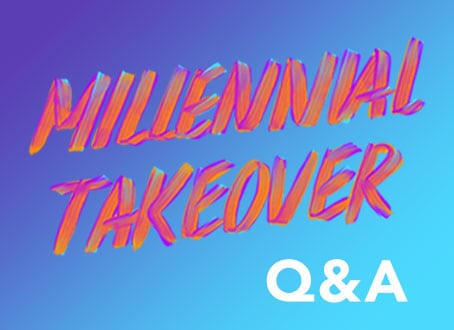I am excited to join the Case Foundation as a Senior Fellow and to be able to focus on impact investing. Jean and Steve Case have been at the forefront of investing and promoting new models for creating impact, whether through their foundation or through their varied investments like Zipcar and HelloWallet. That is why it is so interesting, and logical, to join them and the Case Foundation team to help expand the potential for impact investing.
Impact Investing in many ways is an already robust area with many people and organizations that have done a tremendous job in both building and promoting the field. Thanks to the work of many foundations, entrepreneurs, investors, and thought leaders, the interest in impact investing is growing domestically and internationally. From my time in government I have seen that there is a real alignment across sectors (government, nonprofit, business) and active interest in growing an impact economy, including looking at how business can affect social change.
It is important to recognize that the White House Office of Social Innovation under Jonathan Greenblatt is doing tremendous work in building the case for and momentum towards creating an impact economy, which includes innovation funds to scale nonprofits, impact bonds to enable capital markets to invest in social outcomes, impact investing, and human capital to invest in building leadership.
At the Case Foundation, we will focus on one important part of this economy — impact investing. Although the definitions vary, impact investing is generally seen as a new form of capital where investors seek to recoup their investment at, or below, markets rates — seeking both social and financial returns. Recent studies show that the potential global capital market could be $300 billion.
Much work has been done in the past two decades to build the current market – investors have taken risks on mission-driven businesses (domestically and internationally) with some great lessons learned. Foundations have also invested in funds and businesses and have taken steps to build the infrastructure that has created an ecosystem around impact investing (e.g. ratings). Social entrepreneurs have created new structures (e.g. L3Cs, Benefit Corporations, etc.) and still others are re-writing corporate rules allowing for managing two different bottom lines.
The market is maturing. In fact, the Omidyar Network has started a series of blog posts in the Stanford Social Innovation Review providing recommendations based on their experience over the past eight years or so.
We believe that there is a real potential opportunity to further catalyze the market for impact investing, including attracting more mainstream investors, looking at new investment vehicles, creating better support mechanisms and building a stronger investment pipeline. We will also be looking at policy recommendations based on our conversations. But, we are just beginning to ask the questions about what is needed.
Over the next few months, we will be having conversations with many players in the field — foundations, investors, entrepreneurs, ratings agencies, thought leaders, philanthropists, banks, and many more to ask some key questions:
- What is the definition of impact investing?
- What are the constraints to investment?
- What are the best ways to incubate entrepreneurs and create a more robust pipeline?
- What types of finance structures are effective?
- How do we get foundation and university endowments interested?
- What are the policies needed (or not) to further spur impact investing?
My colleagues from the Case Foundation and I will be at SOCAP next week in San Francisco, and we look forward to meeting many of you and hearing your thoughts and ideas. We have many more questions than answers. We hope you will be candid, honest, open, and provide us insight. We believe that through these conversations, and through your ideas and input, we will develop a much clearer understanding of the opportunities to help investors (new and old) engage in impact investing, ideas to further develop the ecosystem, and potential policy recommendations based on our findings. That is our hope. This will definitely be a team effort.
I will continue to regularly blog to offer insights on what we have learned and also to ask questions if we need more information, clarification, people to contact, etc. I look forward to the upcoming conversations, and I am even more excited to be a part of the momentum for impact investing.





